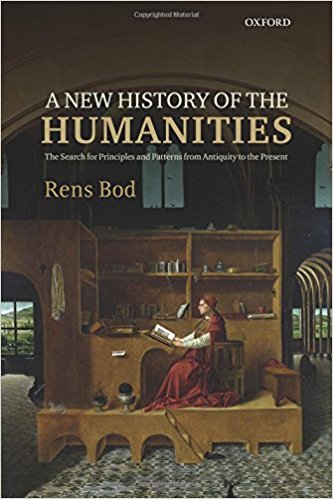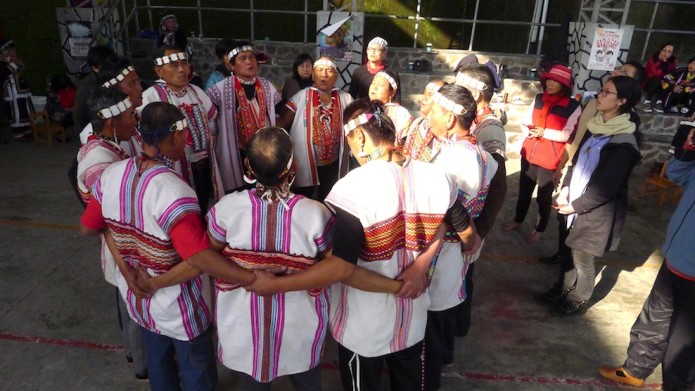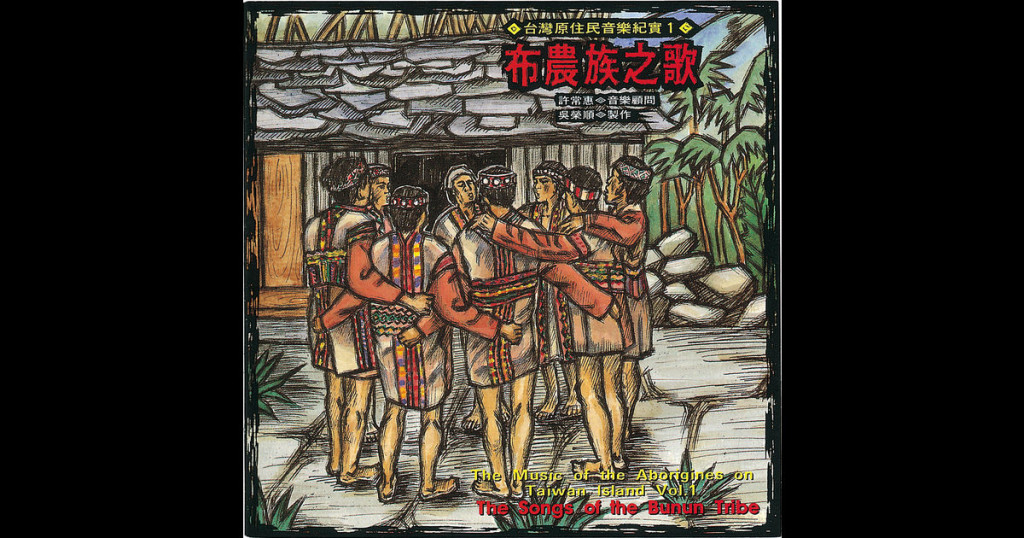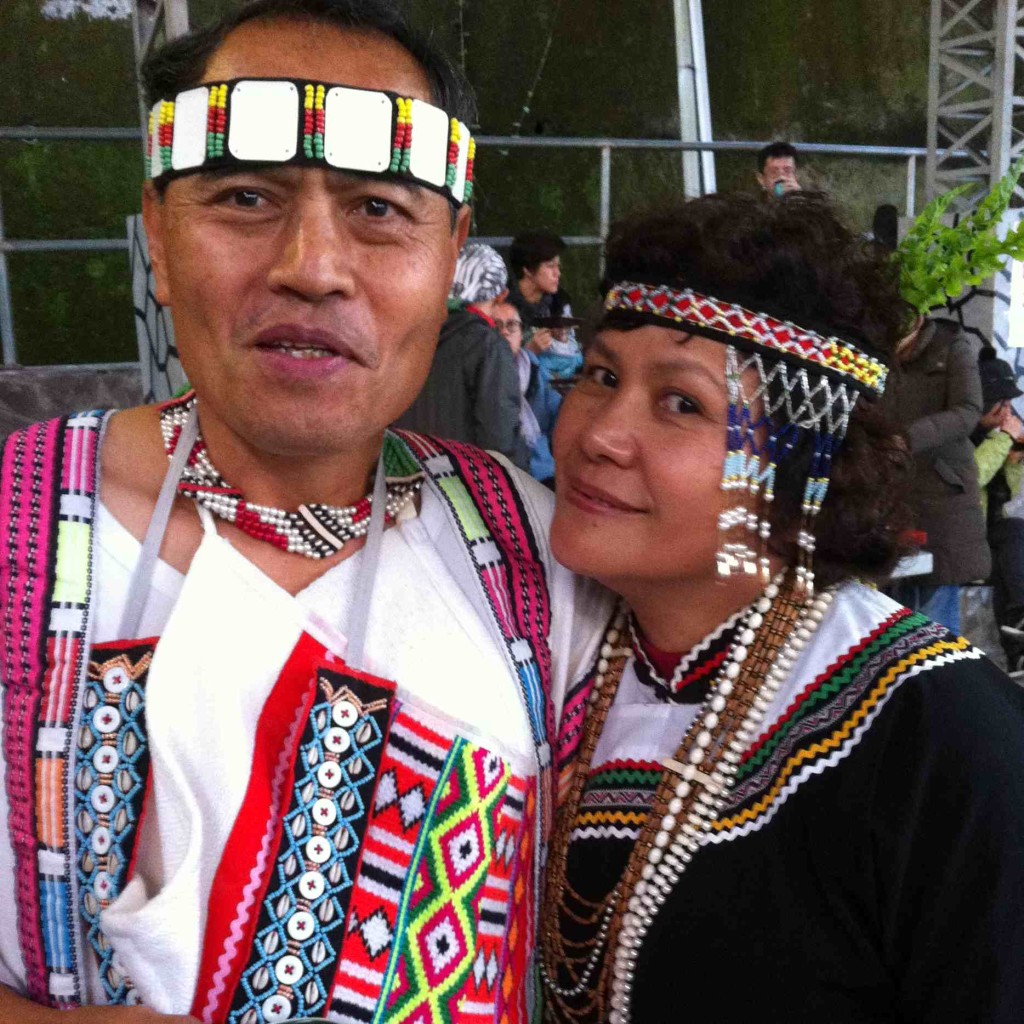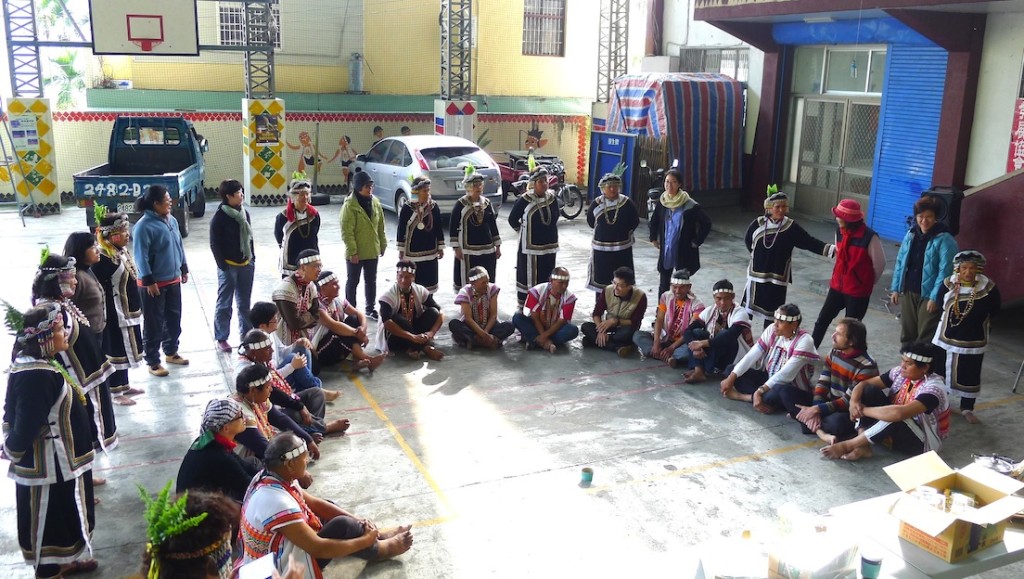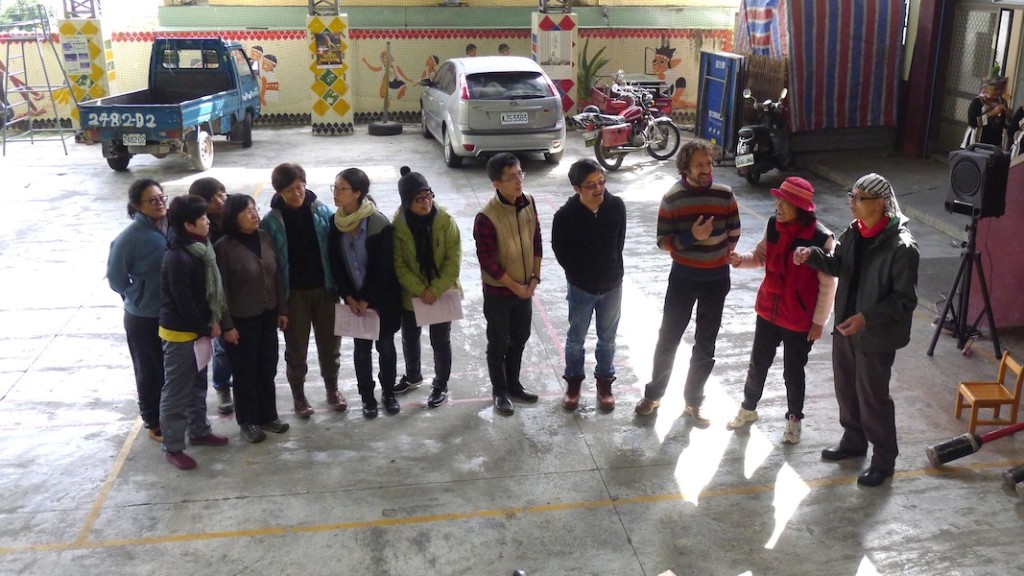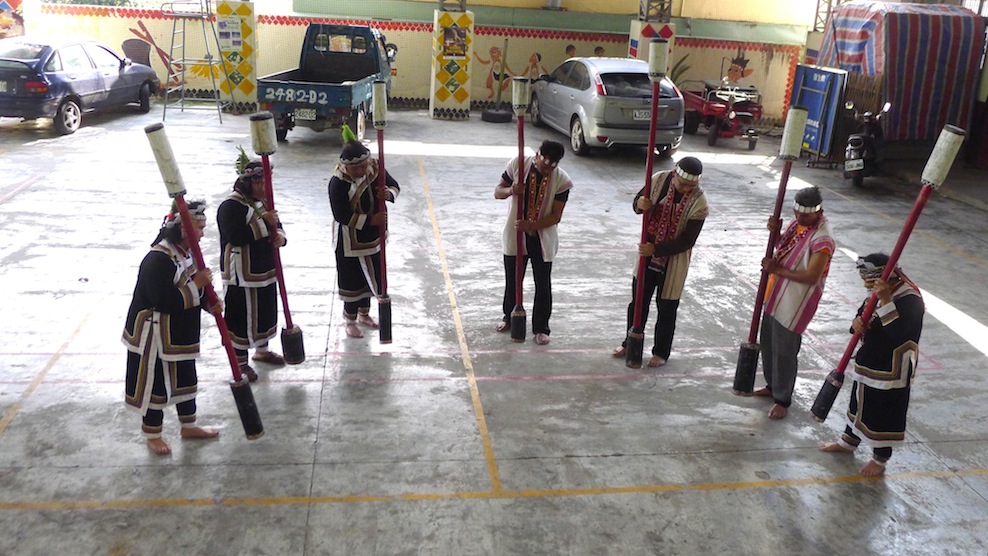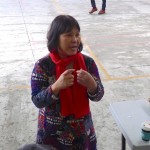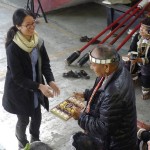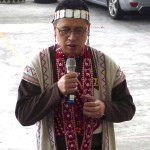Some notes and quotes from De Vergeten Wetenschappen. Een Geschiedenis van de Humaniora, (litterally: “The Forgotten Sciences. A History of the Humanities”) by Rens Bod.
This is an utterly adventurous intellectual exercise: reading the book is like travelling to the moon and even further, to distant galaxies, returning to earth time and again to take a breath, take stock, and prepare for the next adventure without getting lost.
I am studying the phenomenon of harmonics or overtones for many years now, first through the voice and instruments, then also as a theoretical principle or idea. As recently as five years ago, in my PhD thesis, I wrote that harmonics as a higher partial resonance of a musical tone were first described by Père Mersenne, the French father-scientist who lived from 1588 to 1648. Recently I read a book that sets the date back no less than several hundred years, with a name I had never heard of. I was astonished.
But more on that later, because this book is not at all about harmonics: it is about the history of the humanities as a research discipline carried out around the world throughout the ages, since ancient times. It is in fact the first such study with such a wide scope. No one, in the West, East or South, has so far attempted to look at the patterns of inquiry in the liberal arts in a wide variety of cultures and languages as a whole. Each discipline is usually aware of its own historical development, but even then, mostly for the achievements in its own region (say: India, or the Arab world). Only some scholars look at what their colleagues in a totally different region do and did in the past (for example, medieval Arabs carefully studied their Greek predeccesors).
There has never been an attempt to lay bare the deeper supranational patterns that can be found across disciplines such as history, logic, philology, linguistics, the history and theory of the arts and others. Not for the West, nor for any other single civilisation (Chinese, Indian, Arabic, African). Let alone for the world as a whole.
Some quotations will illustrate the scope of this work, starting with an early Greek example from the theory of fine arts (this and following quotations are my English translations from the first Dutch edition of the book).
“Zeuxis had painted a bunch of grapes which was so realistic that birds flew towards it. Assured that he would win, Parrhasios asked him to unveil his painting, upon which Zeuxis discovered that what he believed to be a veil, was in fact the painting itself. Thereupon Zeuxis accepted his loss, because, even though he himself had succeeded to trick birds, Parrhasios had managed to fool an artist.”

So the main question is: what general patterns do we find if we look at all these disciplines and compare them, moving across their own theoretical frameworks, and also across regional patterns; looking at logic in India and Greece, for example, or looking at the gradual development of theatre theory, or painting theory or musicology in Europe?
Rens Bod, now a cognitive scientist in the UK, began wondering about such questions as a kid, after reading E.J. Dijksterhuis’ 1950 history of the (natural) sciences, De Mechansering van het Wereldbeeld (English translation The Mechanization of the World Picture, 1961). When he became a student, he looked out for a history of the humanities, in vain. Much later, as a professor, he returned to this question, but colleagues assured him that such a history would be much too complex to attempt to write for a single scholar. He then pushed through with a first impetus to such an enterprise, in the form of a conference on knowledge in the medieval period. The day that conference finished, he set out researching and writing the first global history of the humanities.
“And in the late Chinese Ming epoch an analytical research of classical texts emerges, of which Chen Di (1541-1617) is one of the first exponents. As a traveller he had given a description of the island Taiwan and its indigenous inhabitants. But it is primarily as a philologist that he acquired fame: Chen Di was the first one to succeed in proving that Old Chinese had its own phonology (sound system) with rules for pronunciation that differed substantially from contemporary Chinese. He thus refuted the existing custom of reading old poems, whereby characters were consistently changed in order to maintain rhyme.”
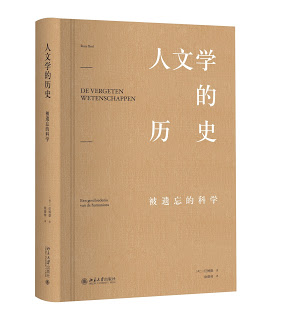
One of the reasons that I am so inspired and impressed by this book, is a belief, which took hold of me as a teenager, that my Western/European/Dutch outlook on the world must be a limited one. My culture, my language and much more, must be blocking me from seeing many things ‘the way they are’, or at least, the way they seem to people born in entirely different parts of the world (or in different times, or both). Since that conviction took hold of me, it has become a routine exercise for me to question the assumptions about this world that I (and those steeped in similar ‘cultural-temporal’ circumstances as myself) have. Hardly a day passes when I am not wondering: how would someone experience this, react to this, do this, if she lived in <the Arab world / the Amazonian rainforest / Siberia> ; or if he lived in 1900 CE, in 1500 CE, or in 1500 BCE?
A Grand Network of Ideas
It is these sort of wild jumps that Rens Bod makes in this book, comparing similar problems across enormous distances and time lapses, trying to make sense of them. Putting his own or our own worldview, our theories, the fundaments of our knowledge, between brackets, to see what other problems, solutions and knowledges we possessed in the past, or which ones we did not possess ourselves, but which we could have found somewhere if we had been able to look at them. This, in Bod’s hands, becomes not speculation or fancyful thinking, it becomes what one could call a ‘Grand Network of Ideas’. Chronologically, he sets out to describe the advances and stagnations, discipline by discipline, for each region, making frequent cross-references.
“…the Anno Domini dating system … was not an invention of Beda himself, but of the Scythian monk Dionysis Exiguus (ca. 470-544). …. It was however not Dionysus but Beda who, for the first time, dated historical events by using Anno Domini in his Historia. And Beda was also the first who used the Latin equivalent before Christ, as well as the habit among historians to not use the year 0 (the number 0 was unknown in Christian Europe).”
(mind you: a Scythian monk. Those ‘barbarians’ were literally rewriting history before we knew it, and not only in Tuva.)
This is an utterly adventurous intellectual exercise: when you read the book, and you are curious about such questions, it is like travelling to the moon and even further, to distant galaxies, returning to earth time and again to take a breath, take stock, and prepare for the next adventure without getting lost.
Getting lost is a real danger when trying to solve the problem that Bod identified. Without a very clear set of research questions, it seems likely you would not be able to get past writing the history of, say, the various problems of language (linguistics, philology) in the main areas where such studies exist since a long time.
How did he solve it? Bod set out to look for principles and patterns within different time periods, for each separate region that qualified, which he could compare across time and place.
Rens Bod analysis of patterns in the humanities finds expression in two overarching options, namely, the search for new patterns and the wish to reject existing ones. He notes that one of the most recent incarnations of the pattern-rejecting scholars are never matched with their oldest ancestors, who lived in ancient Greece.
“The seed for pattern-rejecting thinking, however, is found in Antiquity, and it is a mystery why poststructural liberal scientists do not seek their intellectual ancestors among the anomalists of Pergamon. Or is there fear, as Marx maintained, that everything in history happens twice: once as a tragedy, the second time as a farce?”
With this methodology, which as he admits is just a first and necessarily limited attempt, Bod identifies how, for example, Indians made a glorious start in linguistics with the work of Panini. He also shows Indians stayed far behind in historical science, which was simply non-existent for centuries, when compared to other regions. And it becomes clear that Panini’s exhaustive grammar theory, which has never found its equal again in the study of any language, has had surprisingly little effect on later studies, even though Panini’s perfect system might have been used for developing other studies both within and outside the domain of grammar. Scholars did occasionally turn to Panini, for example, when early computer scientists began to write formal, non-natural programming languages. But Bod implies that Panini’s methods might have been (and perhaps will be) helpful in other domains too.
“From … Peter Kolbs’ 1719 description of South-African music, it becomes evident that polyphonic singing is not unique for Europe. There exists a centuries old, very rich polyphonic music in Africa – from the Pygmees to the Khoikhoi.”
And of course there are the many delightful, but not astonishing developments within a single region: developments which have been extensively documented, for example for the Italian Renaissance. But few if any scholars have wondered why and how, say, musicologists used certain principles and patterns succesfully in a certain time and place, without such principles or patterns being adopted by other fields of study. In fact, the underlying principles and patterns that Bod found, were sometimes not even identified as such, attached as they were to the concrete problems of a single discipline, and not to the testing of a new research method.
There are exceptions to this pattern, too. The earliest empirical investigations are found not in the hard sciences such as physics, but in the humanities. The genesis of modern rational inquiry through speculation, hypothesis and theory on the one hand, and empirical testing on the other, first took shape in the humanities. A good example of cross-fertilization between two very different intellectual endeavours is the centuries-old search for understanding musical consonance or, roughly speaking: why do certain combinations of sounds please the ears, and others do not? The unusual, and unusually quick way in which composers-theorists of early modern times developed ever more refined musical tuning systems, theories and musical works using specific sets of rules, prepared scholars in the natural sciences. Many of them, like Galileo, Descartes and Huygens and later von Helmholtz, were actively studying musical and physical problems.
Still, when Bod looks back at the patterns that those early musicians / composers / scholars developed, it is clear that their methods remained a world apart from, say, those applied by linguists or scholars of painting.
Thus, a grand view emerges of how some principles and patterns lead to new, more refined ones, while others are forgotten; and how language or music is understood in very different ways when time and geographical distance are far apart; how certain patterns are recognised, often independently of one another in different places and times.
I learn that the preoccupation with ugliness in the fine arts found its early adherents in seventeenth-century Dutch painting. Painters like Frans Hals and Rembrandt van Rijn did not only follow models of classical beauty, but also of an all-encompassing ‘picturesque’ realism.
“As an explanation for this Dutch concept, the picturesque of ugliness is sometimes associated with the Calvinist preoccupation with the temporary, the transient. But what interests us most is that these art theorists have attempted to give the practice of Dutch fine art some grounding. And thus they found something in common in Dutch art: the strive towards realistic and therefore sometimes ugly representations – in contrast to the academic strive towards classical and universal “fine” representations.”
One of the most surprising findings, for me, is the role of African science, something that is all too easily overlooked or forgotten. Although the perspective of this book cannot truly transcend its own European roots (as Bod, again, admits), the African case proves Bod’s genuine interest in a more global picture. In the late 16th century, so-called king’s lists of the North-African historian Manetho, led Joseph Scaliger and others to show that the world must be older than the Bible proclaimed. It is just one among many examples which shows that numerous written sources are extant (yet mostly inaccessible still) in this vast continent. Africa’s strong reliance on oral traditions has recently influenced modern scholarship, as it has proven to be as detailed and precise as the preemminent domain of most other sciences: the written word.
And here is the source that pushed back the first ‘talk’ of overtones several centuries. Not on Rens Bod’s own account, though he is also a musicologist, but it shows how well he did his research.
“Oresme’s most important contribution is his discovery of a new musical phenomenon: the ‘overtone’, this is a sound component of which the frequency is higher than the ground tone of that sound as perceived by the ear. Oresme established that overtones play an important role in the notion of sound colour or timbre: two different instruments, such as a lute and an organ, can play exactly the same tone, and yet sound very different. …. His discovery will only be taken up again by Marin Mersenne in the seventeenth century.”
I read the first edition from 2010, in Dutch, and since then new editions and some translations have appeared, with corrections. My only criticism here is that the 2010 edition has a very limited index, naming only some of the pages where you could find a name or term, instead of all of them. For a dazzling journey through ideas, times and places like this one, an adequate way to trace a name or term is indispensible (I often looked up cross-references to other chapters to refresh my memory). I suspect that Rens Bod simply has too much of this information readily available in his own uncannily well-connected braincells. Otherwise it would have been impossible to finish writing this book, even if you took a lifetime to write it (Bod took just two years to complete it, including most of the research!). Afterword, March 11, 2018, : I missed the Index of Names, so this criticism is no longer valid. My assessment of Bod’s brain remains in place, though.
“His contemporary Zhu Jingxuan (ca. 840) harks back, on the contrary, to the classifications of painters, for which he introduces three classes: SHEN (inspired), XIU (excellent) and NENG (competent). These classes he further subdivides into three subclasses, in order to finish with a separate class for unorthodox artists: YI (‘unlimited’). After the fall of the Tang dynasty this classification system is continued, with a particularly interesting work by Huang Xiufu’s from 1006: for the first time in historiography the ‘unlimited’ YI-class is named as the highest one attainable: to this belongs the genius who moves outside all the fixed rules.”
Photo below: presentation of the first Chinese edition at Tsinghua University, november 2017.
Rens Bod. De Vergeten Wetenschappen. Een geschiedenis van de humaniora. (first edition, in Dutch). Amsterdam: Bert Bakker, 2010.
There are English, Chinese and other translations (Chinese readers may want to check this).
Rens Bod runs a blog: devergetenwetenschappen, mainly in English.


